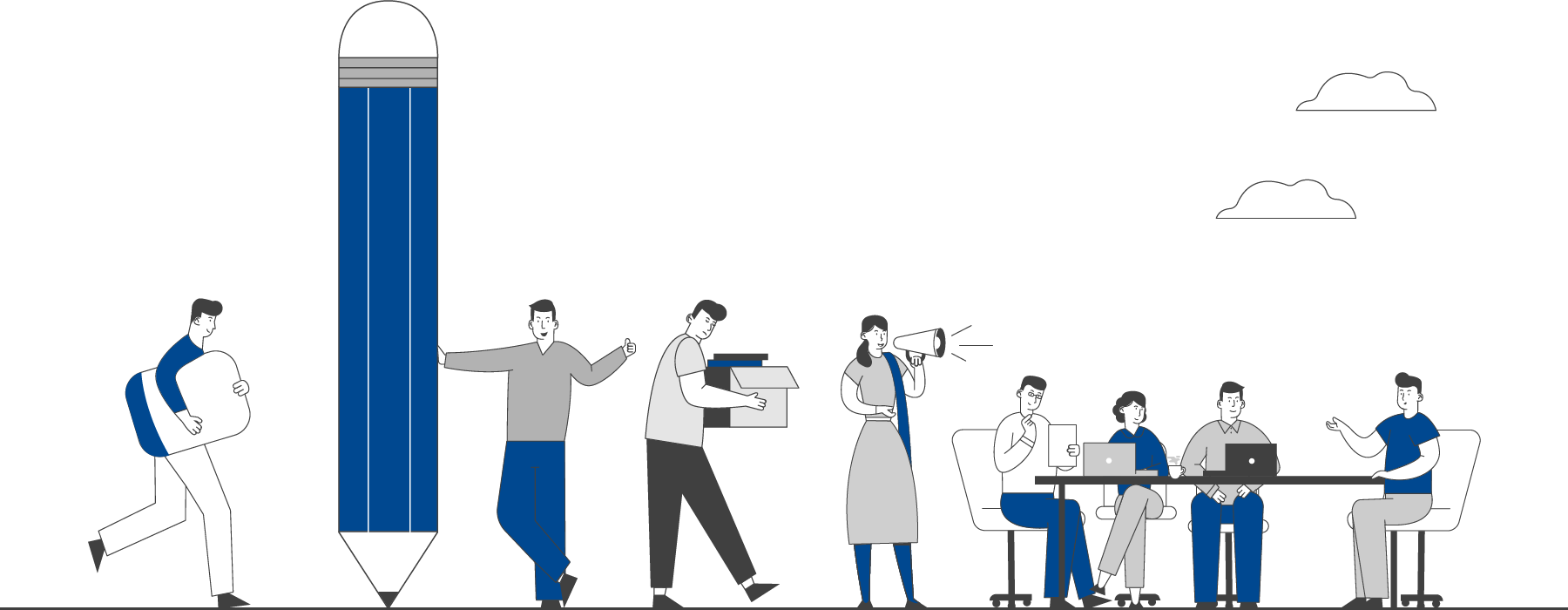

This section hosts guidelines, manuals and toolkits to strengthen public health practice.
Resources
FILTER
BY CATEGORY
View All
The gender pay gap in the health and care sector a global analysis in the time of COVID-19
15 Jul 2022by WHO Over 1 Hour
The health sector, with its high potential for decent job growth, and with 67% of wage employees being women, has a key role to play in women’s economic empowerment and the broader SDG5 agenda. This report co-developed by ILO and WHO is the first-ever global sectoral gender pay gap report. Analyzing the gender pay gaps in the health and care sector and using this evidence to achieve equal pay for equal work across the sector is a critical step to attracting and retaining all workers in health and care. This is critical if we are to address the global shortfall of health and care workers and achieve Universal Health Coverage. The high degree of feminization in the health and care sector is a key factor behind the lower earnings for both women and men within the sector. It contributes to the overall prevailing gender pay gap in the economy. The results of this groundbreaking report suggest that once age, education, occupational category, and other such factors are considered, globally women face a 24 percentage point pay gap compared to men across the health and care sector. Furthermore, among women in the health and care sector, there is evidence of a motherhood gap. Much of the gender pay gap in health and care is unexplained by labour market attributes that should be the sole factors determining wages. The report assesses gender wage gaps over time and finds a particular persistence in this unexplained portion of the gender pay gap. In addition, evidence indicates that the employment impact of COVID-19 in the sector disproportionately affected workers at the low end of the pay scale, most of whom are women. The evidence in the report shows significant variation in gender pay gaps in health and care across countries, suggesting that targeted action to close gender pay gaps is both possible and effective.
Related File :
5246806305.pdfCategories
COVID-19

 EXPLORE DATA
EXPLORE DATA 



























